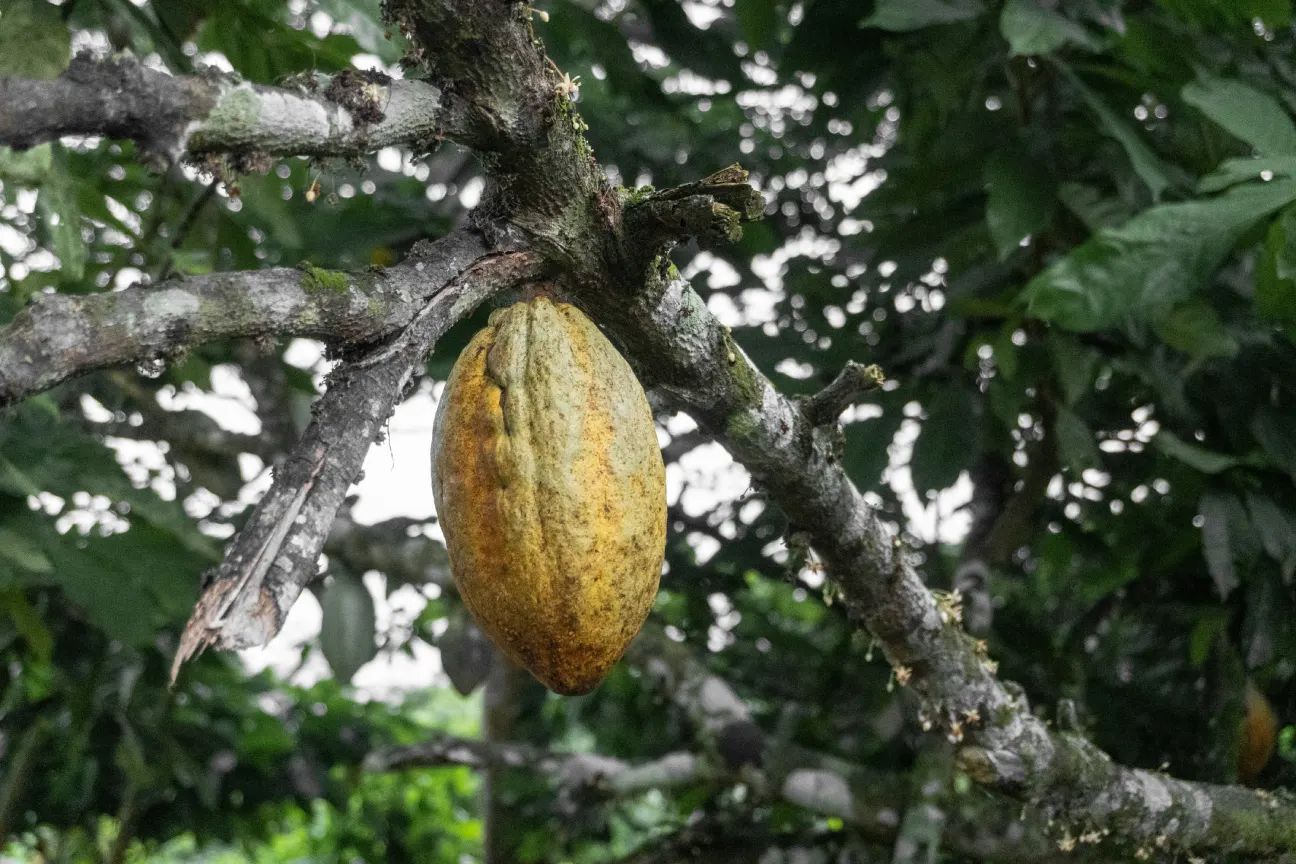
Cocoa prices in 2025 have reached new highs, causing significant changes in the chocolate and food ingredient industries. Business buyers now face challenges with fluctuating prices, supply chain issues, and new sourcing strategies. This year has changed how cocoa is bought, processed, and priced, especially in large markets.
At the start of the year, cocoa bean prices hit new highs. In March 2025, New York futures went over $12,000 per metric ton. This was due to bad harvests, crop diseases, and low global stocks. According to Investopedia, this was a 150% price increase from 2024.
The main reason for the rise was a global shortage of over 500,000 tonnes, the biggest in decades. Cocoa production in Ghana and Côte d'Ivoire, which provide more than 60% of the world's cocoa, was greatly affected by the cocoa swollen shoot virus (CSSV) and unpredictable weather. Ghana even reported over 80% of its Western North cocoa farms were affected by CSSV.
Rainfall shortages and unexpected heavy rains disrupted the flowering and harvesting cycles of cocoa plants. This situation lowered crop yields and harmed bean quality. According to Al Jazeera, a lack of investment in farming tools and low pay for farmers added to the long-term drop in productivity.
Some producers began smuggling cocoa across borders to find better prices, which increased supply uncertainty. These ongoing problems show that price changes are not just a temporary issue; they highlight bigger inefficiencies in the global cocoa system.
Cocoa prices reached their highest in the first quarter of the year but started to drop after that. By mid-2025, the price for futures fell below $8,000 per ton. This is still high compared to the past but is a significant decrease from earlier highs. AA News reports that the price drop is mainly due to better weather forecasts and a small increase in expected cocoa harvests in West Africa.
At the same time, there has been a decline in cocoa processing around the world, which shows that demand is weaker. An analysis from ING found that cocoa processing decreased by 3.2% in the fourth quarter of 2024. This decline is linked to high raw material costs and pressure on the supply chain.
Manufacturers are taking several steps and the following cocoa market trends are noticeable:
At the same time, some companies are looking into lab-grown cocoa and precision fermentation as future options.
For B2B buyers who need cocoa powder or liquor in large amounts, this means higher costs and stricter quality requirements. Majestic Spice reports that cocoa powder prices in 2025 are still over 60% higher than in 2023, especially for certified organic or fair trade products.
The International Cocoa Organization (ICCO) predicts that global cocoa production will see a small increase in the second half of 2025, but stock levels are still low. While supply may improve a bit, most experts believe that cocoa prices will stay high for the rest of the year unless there is a significant recovery in harvests.
In the future, prices may change a lot because of climate problems and diseases. Al Jazeera reports that we need to make improvements on farms and develop better income models to stabilize global supply.
To reduce risk, many B2B buyers are:
For companies needing certified or specialty cocoa, Nutrada matches them to a network of certified cocoa suppliers. This includes suppliers of bulk cocoa powder, butter, liquor, and nibs. Sign up today and expand your network!